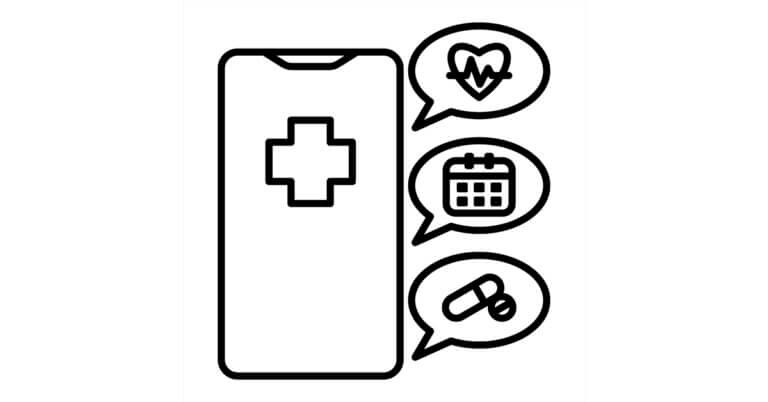May 26, 2021

Innovation, Not Government Policy, Is the Fix for Pharmacy Deserts
In my western suburb of Chicago, you can walk in any direction and bump into a CVS, Walgreens or Osco Drug in less time than it takes a 61-year-old man to open a child-resistant pill bottle filled with new beta blockers. The thought of not being able to fill a prescription quickly never crosses my mind.
For too many others, however, trying to get a prescription filled is more like following walking directions on your phone but getting perpetually rerouted and never arriving at your destination.
A new study in Health Affairs says the country is filled with “pharmacy deserts” that prevent consumers, including many vulnerable patient populations, from getting the medications they need to get healthy or stay as healthy as possible. The retail pharmacy market seems to have passed them by, even in the most populated urban areas. You can download the study here.
Researchers from the University of Southern California, University of Illinois at Chicago, University of Maryland Baltimore County and Johns Hopkins University looked at peoples’ access to pharmacies by neighborhood in the 30 largest cities in the U.S.
The researchers divided the 10,074 neighborhoods in the study into four buckets: predominantly white, predominantly black, predominantly Hispanic or Latino, and diverse. They counted the total number of pharmacies in each neighborhood from 2007 to 2015 and pharmacy closures in each from 2010 to 2015.
They defined a neighborhood as a pharmacy desert if someone who lives there had to go a mile or more to a pharmacy or a low-income neighborhood with poor vehicle access where a person has to go a half-mile or more to a pharmacy.
Overall, 32.1 percent of the neighborhoods in the study met the researchers’ definition of a pharmacy desert in 2015. But that figure varied significantly by racial composition of the neighborhood.
- 39.5 percent of Hispanic/Latino neighborhoods were pharmacy deserts
- 38.5 percent of black neighborhoods were pharmacy deserts
- 28.2 percent of diverse neighborhoods were pharmacy deserts
- 26.7 percent of white neighborhoods were pharmacy deserts
Further, the researchers generally found fewer pharmacies in black and Hispanic/Latino neighborhoods than white neighborhoods and that pharmacies were more likely to close and less likely to open in black and Hispanic/Latino neighborhoods compared with white neighborhoods over the study period.
The researchers didn’t speculate on the why of what they found. The why could range from systemic racism to unconscious bias to payer mix to profit-driven business model requirements.
But they did hit on what it will take to fix things, and that’s money. Retail pharmacies are like any other business in any other industry, and they respond to economic incentives just like any other business in any other industry.
The researchers suggested grants and tax breaks to coax pharmacies to open in specific neighborhoods. And they suggested upping Medicare and Medicaid prescription drug reimbursement rates to help stop pharmacies from closing in specific neighborhoods.
To me, the study is a treasure map for disruptors, entrepreneurs and startups that are looking for a new opportunity to re-invent healthcare. It’s not like the people living in urban pharmacy deserts don’t need prescription medications. If anything, they likely need more prescription meds, assuming higher rates of chronic illnesses and lower rates of access to other services like primary care.
Some market-savvy operation is going to figure it out and solve this job to be done without any policy interventions from federal, state and local governments. Just good, old-fashioned innovation.
Put your thinking caps on.
Thanks for reading.





